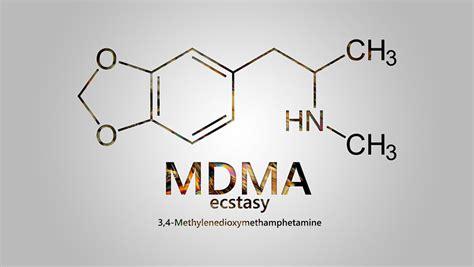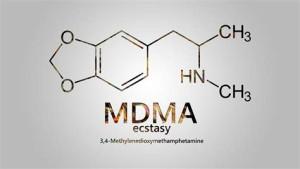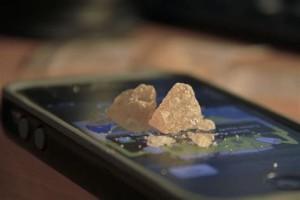
MDA (3,4-methylenedioxy-amphetamine)

MDA (3,4-methylenedioxy-amphetamine)
The structure of MDA can be considered as an aromatic ring (3,4-methylenedioxy-phenyl ring) with a three-carbon chain extending from it. The amino group is located on the second of the three carbon atoms. Isomers in which the amino group is shifted to the first of the carbon atoms (benzylamine) or to the third (furthest from the ring) of these three atoms are known, and both have been tested.
A number of medical studies were conducted. Under the code SKF-5 (and the trade name amphedoxamine) it has been studied as an appetite suppressant. The results in the treatment of psychoneurotic depression were encouraging. There are several medical publications, and one book (Claudio Naranjo’s “Healing Journey”) describing his virtues in psychotherapy.
The N-propylamine analog (if you move the amino group in a different direction, from the beta carbon to the gamma carbon of the three-carbon chain of an amphetamine molecule) is gamma-3,4-methylenedioxyphenyl-propylamine, or 1-amino-3-(3,4-methylenedioxyphenyl)-propane, GAMMA. The hydrochloride melts at 204-205°C. When ingested 200 milligrams – a slight physical malaise, possible distortion of time, and a sense of acute awareness of the surrounding. The duration of the effects was 4 hours.

The history of the use and abuse of MDA is extensive and varied, and not always the use was medical, and the abuse was social. One of the obsessions of the military and intelligence after World War II was the search and development of chemical agents that could serve as a “truth serum” or non-lethal chemical weapons. These government agencies viewed the field of psychedelics as an attractive field for research. Adventurous tests of relatively little-studied means with or without the knowledge of the subjects were commonplace. One of the cases in 1953, involving an MDA and a psychiatric patient named Howard Blauer, turned out to be fatal. The Army contracted with several doctors at the New York State Psychiatric Institute to research new drugs from the Edgewood Arsenal, and one of them, under the chemical military code EA-1298, was MDA. The last and deadly intravenous injection to Blauer contained a dose of 500 milligrams.
MDA was also one of the main substances that gained popularity in the late 60s, when the psychedelic concept spread in culture and subcultures. MDA was called the “embrace substance” and was deciphered as America’s Soft Doping. It was easy to get an unlimited amount of this compound, since it could be bought as a chemical reagent (like mescaline and LSD). Several scientific supply companies sold this substance inexpensively under its chemical name.
Today, MDA is offered on the black market under the guise of ecstasy pills, or in a single composition with MDMA.
